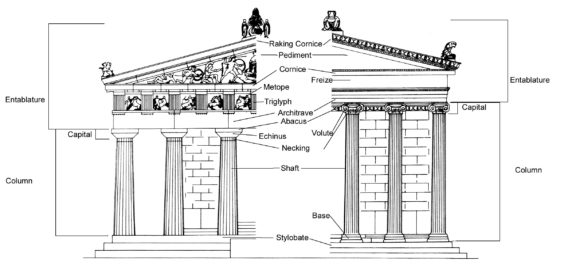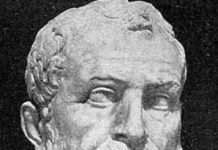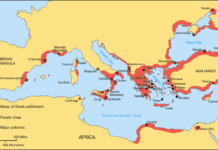Though temples varied in size and sometimes design, there were basic parts that were incorporated into every ancient Greek temple.
Though temples varied in size and sometimes design, there were basic parts that were incorporated into every ancient Greek temple.
Ancient Greek temple design was all about symmetry and balance, and perfection to the naked eye. This is apparent in just about any Greek temple that you can recall, from the perfect imperfections of the Parthenon, to the robust idealism of the Hephaisteion.
Though many variations were usually incorporated in the design of a Greek temple, especially depending on which architectural order was being used (Doric, Ionic, or Corinthian), the Greek temple never strayed from the basic elements.
The basic elements of a Greek temple included:
Cella – this was the central room of the temple. It had no windows, and it was where the cult statue would have been located. It is also called the naos.
Pronaos – this was the front porch of the temple, which included extended walls known as antae (singular anta), that would have had two columns between them, outside the pronaos entrance.
Opisthodomos – This was the back porch of the temple. It served no real purpose, other than to show balance to the pronaos.
Stylobate – This was the platform upon which the columns of the temple rested.
Colonnade – This was a series of columns upon which sat an entablature (the upper portion of the temple, which included the architrave, frieze, and cornice). If a colonnade lined the front of a temple, screening the entrance, it was known as a portico. If the colonnade enclosed a court, it was called a peristyle. A colonnade could be one or more columns deep.
Peripteral is a single row of columns around the naos.
Dipteral is a double row of columns around the naos.








